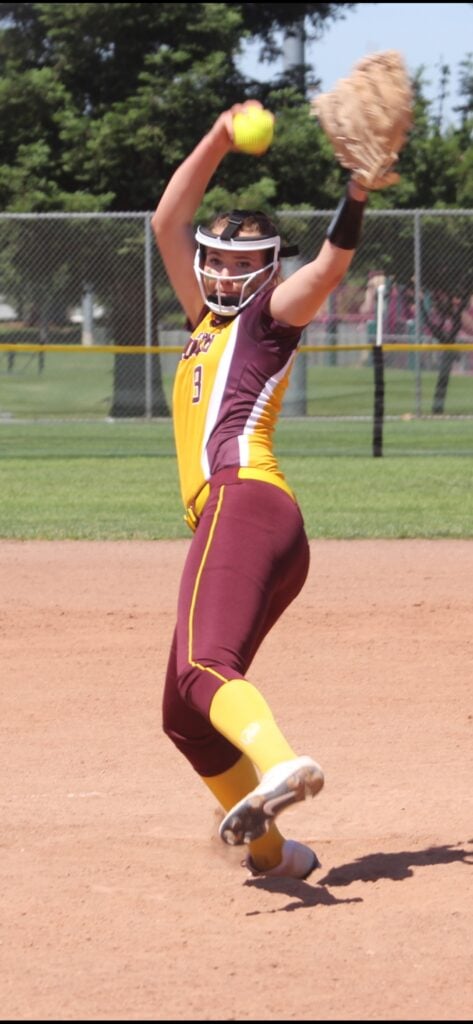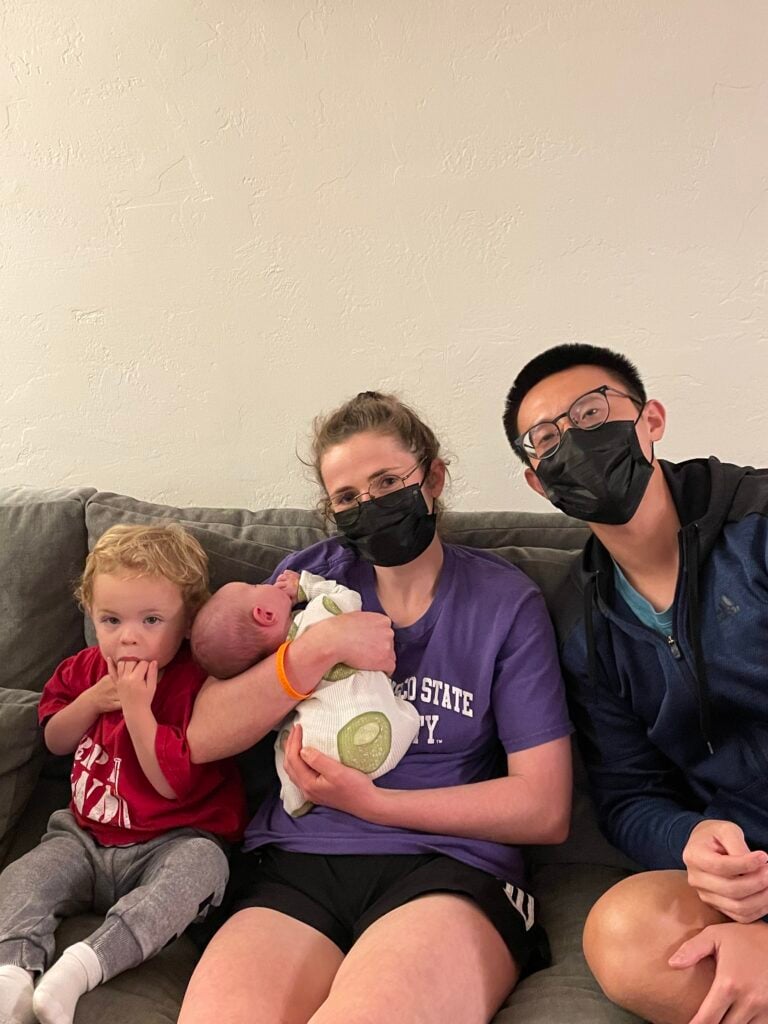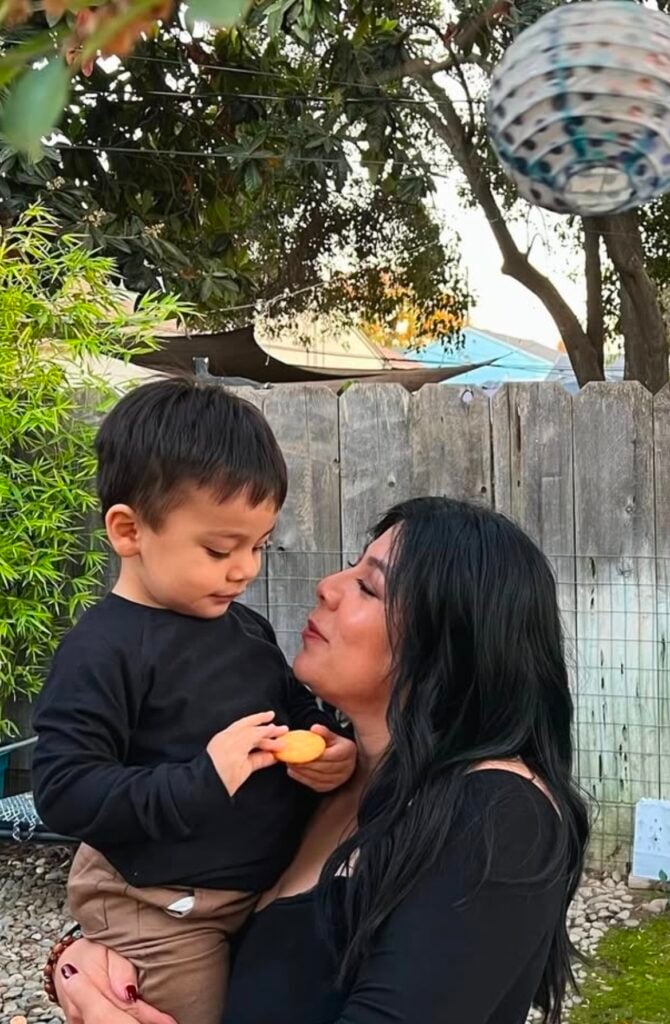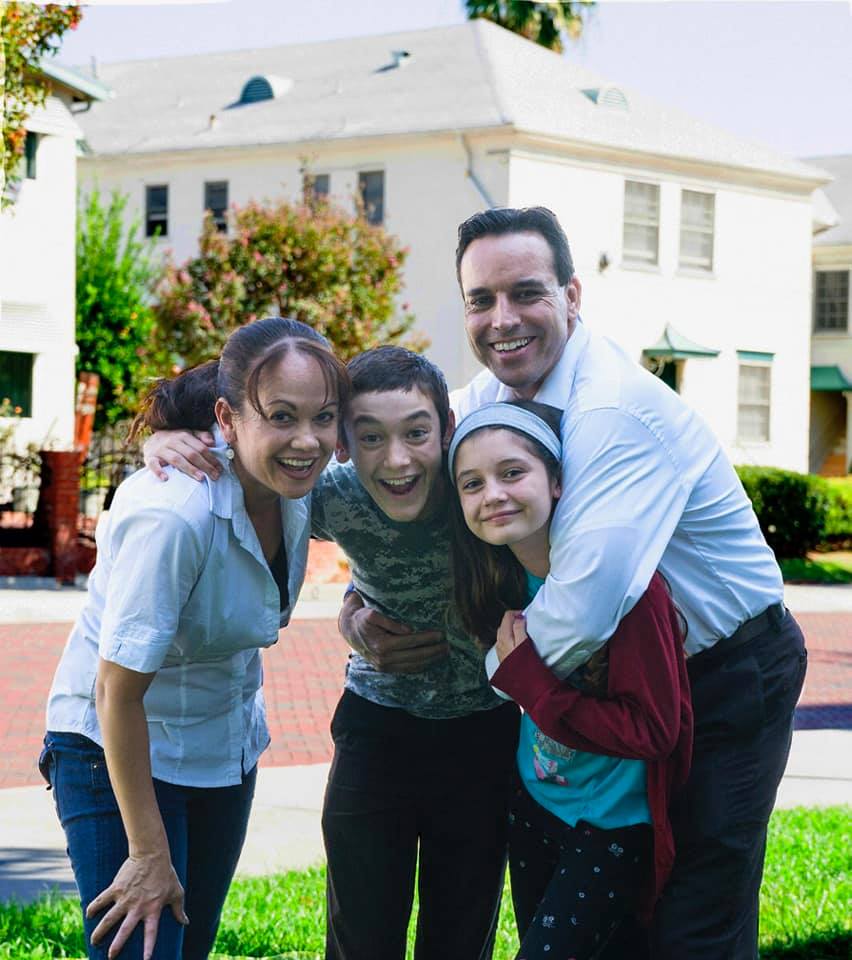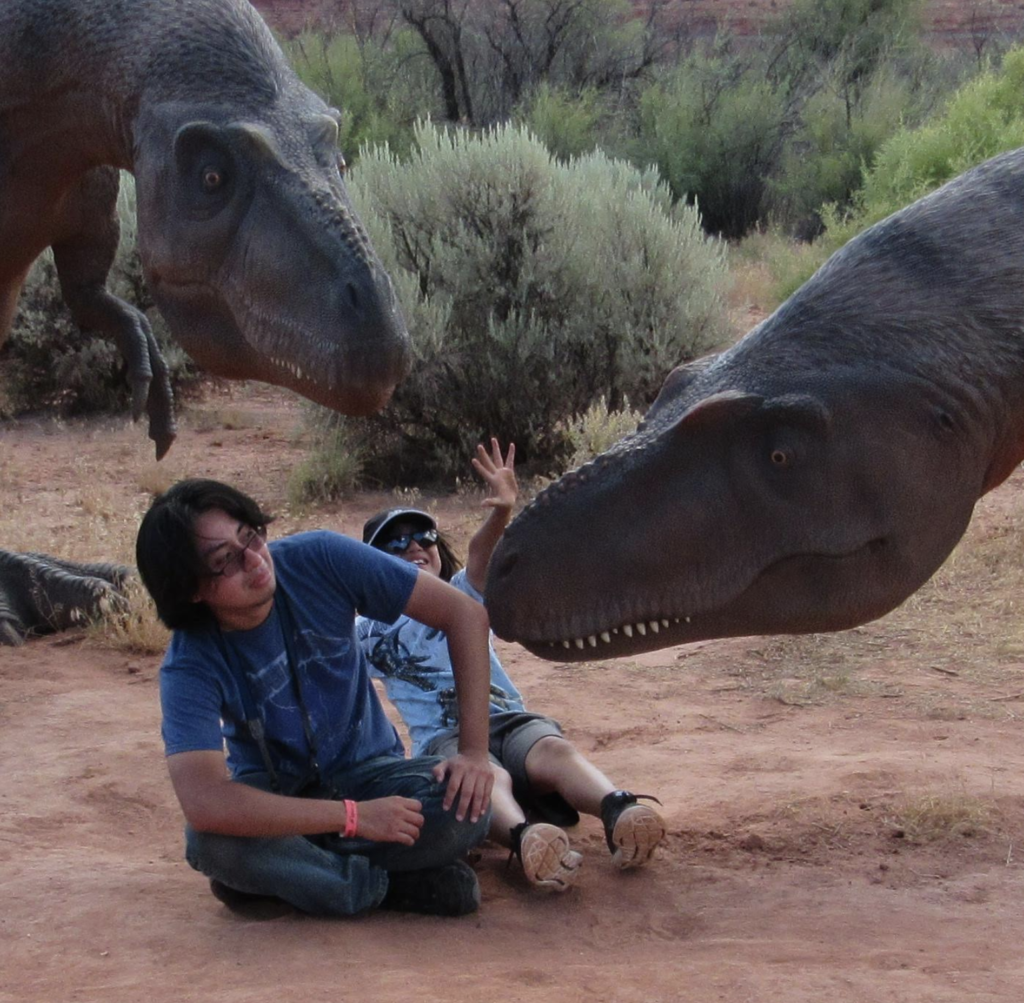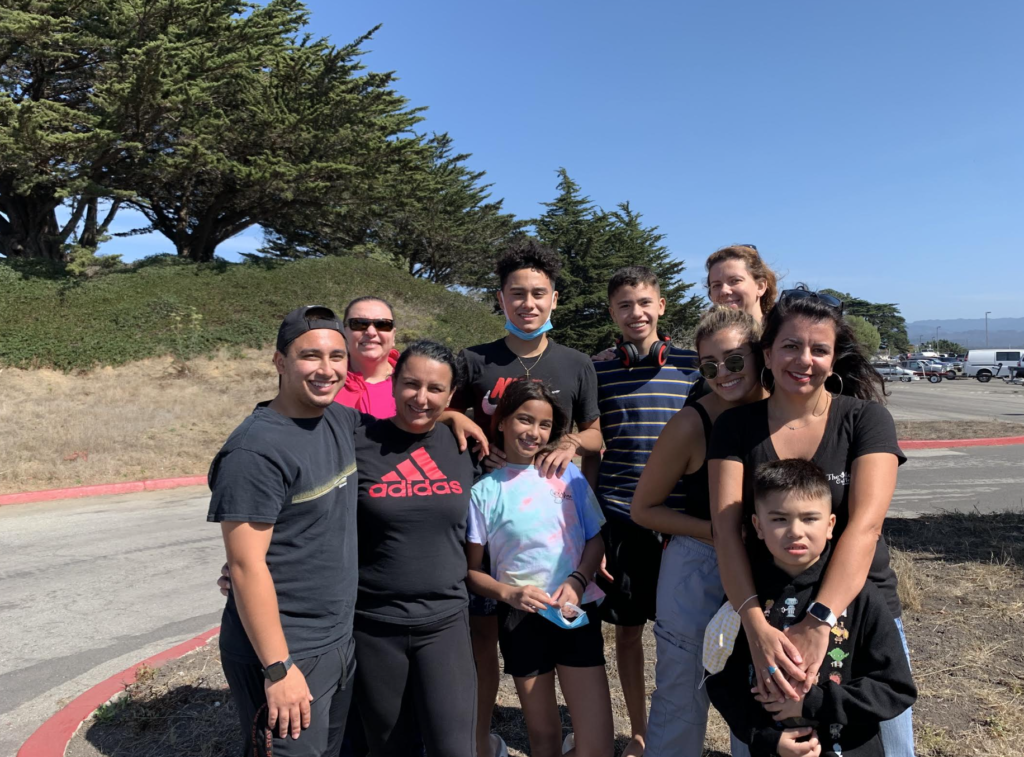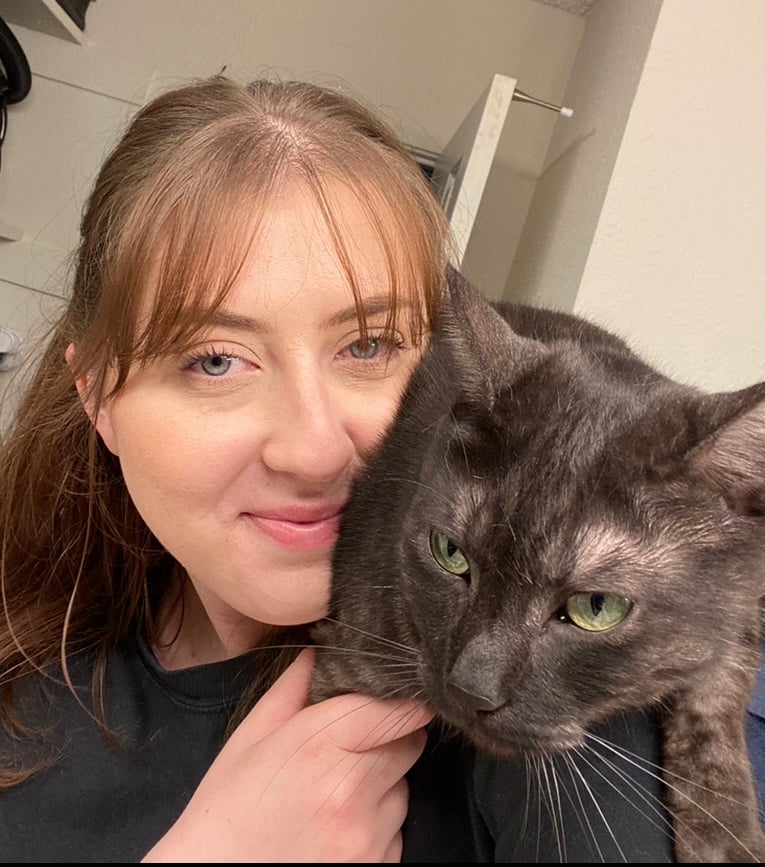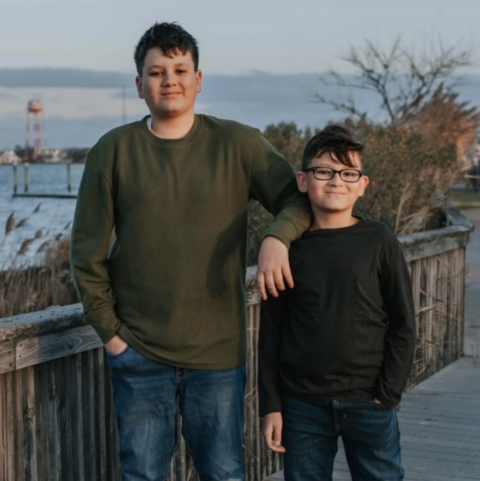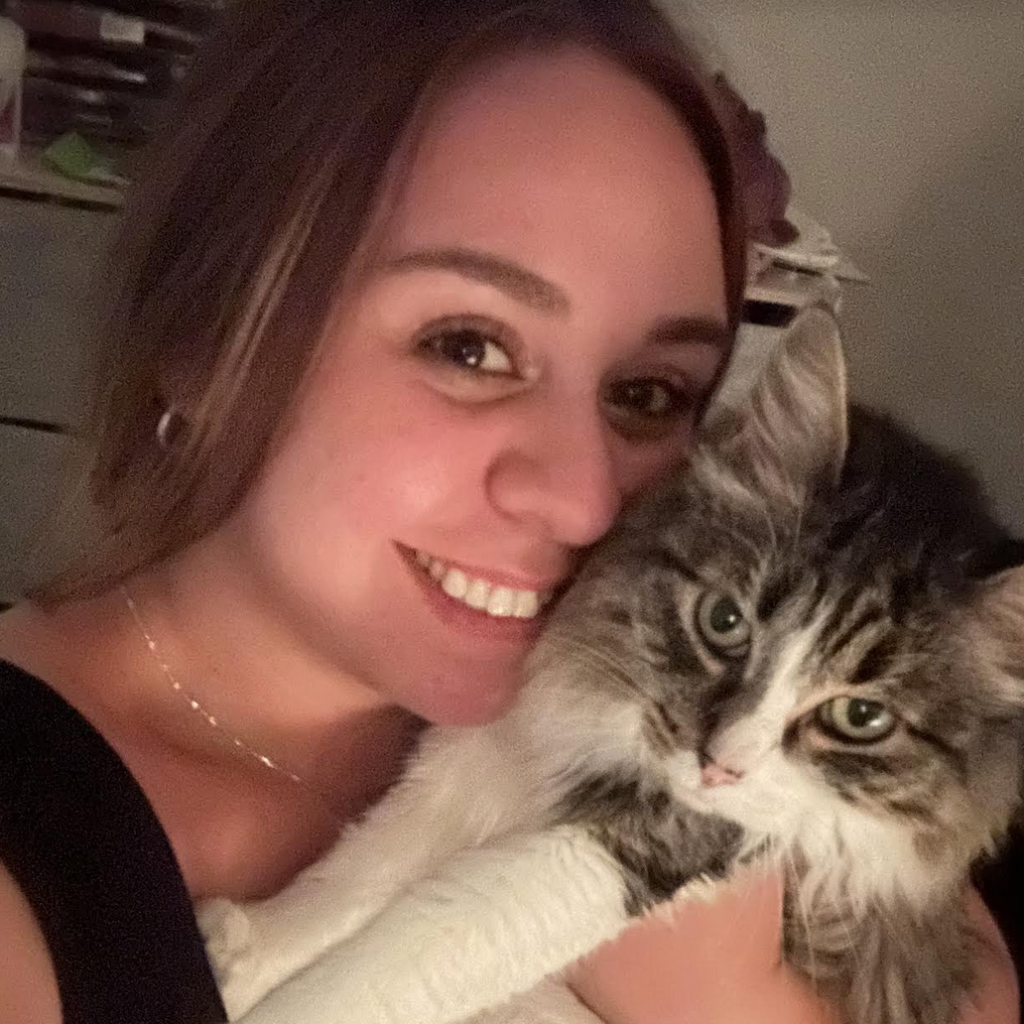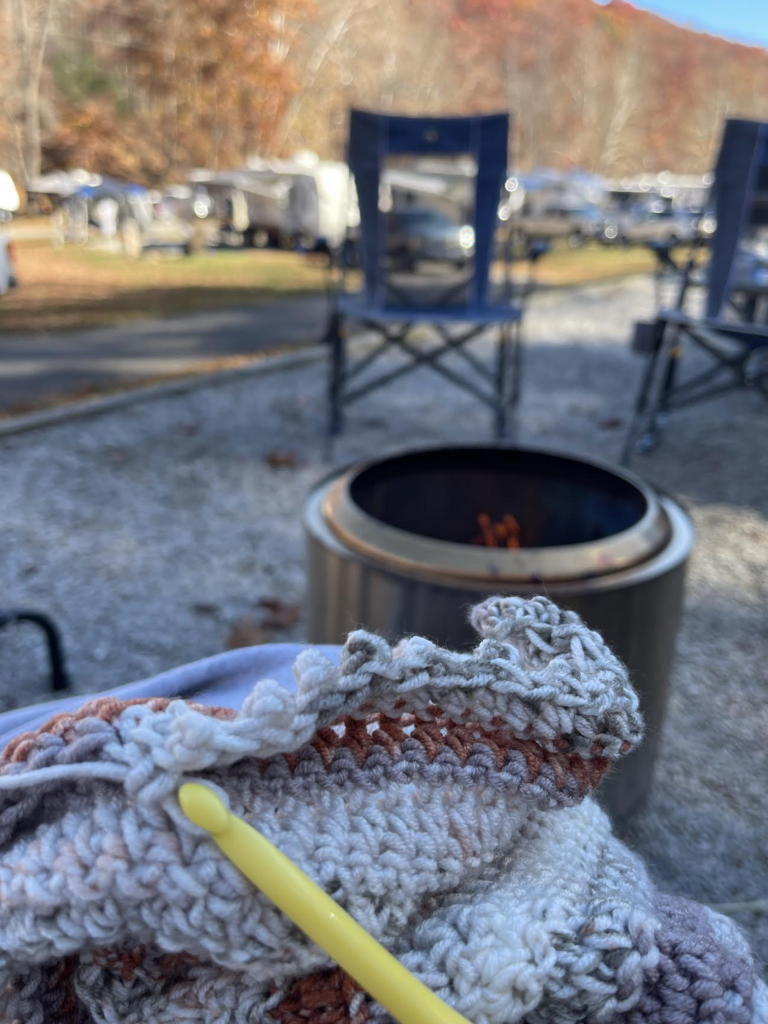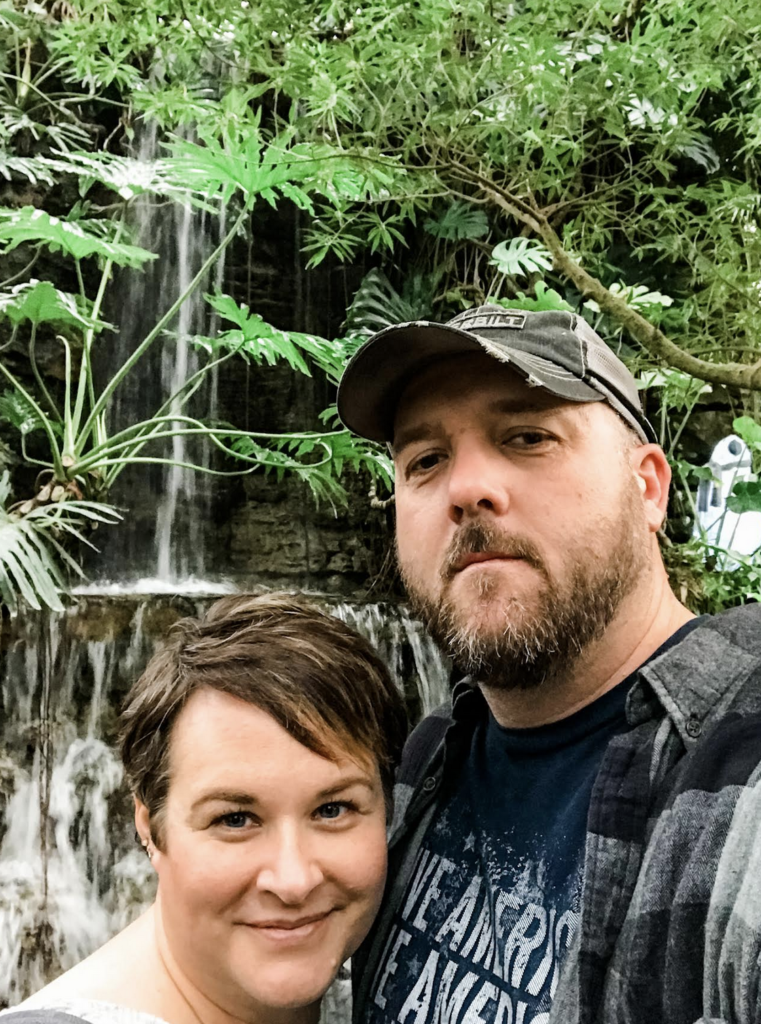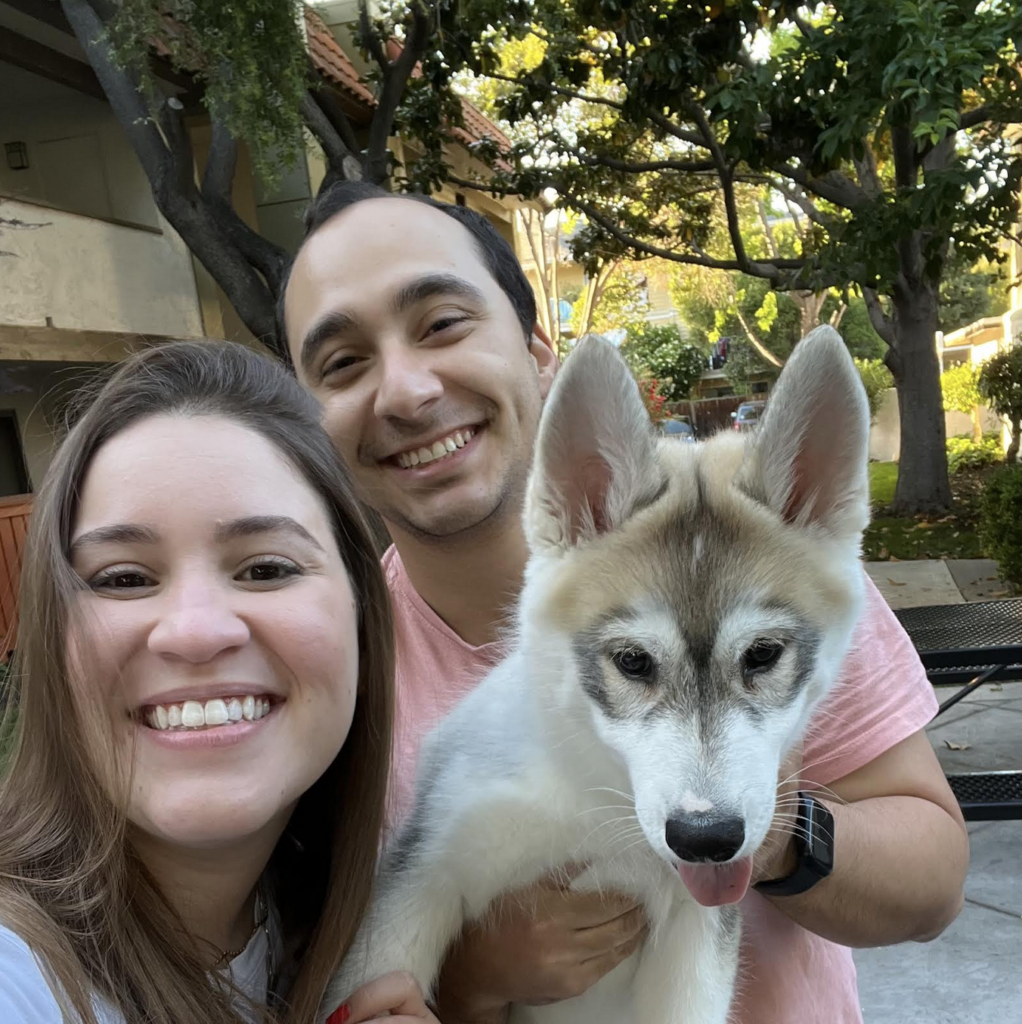The startle reflex is one of the earliest reflexes you’ll notice in your baby. And while it can sometimes look alarming or amusing, it’s actually a completely normal part of development.
My name is Poonam, I’m an occupational therapist at Joy & Laughter Developmental Therapy. And today, we’re going to talk about the startle reflex in babies. Understanding why it happens, when it should go away, and what to do if it doesn’t can help you support your child with confidence.
What Is the Startle Reflex?
The startle reflex (also known as the Moro reflex) is a natural, automatic response that occurs in reaction to sudden stimuli. It’s triggered by things like loud noises, sudden movements, or a feeling of falling.
This reflex can cause your baby to:
- Extend their arms and legs
- Cry suddenly or briefly
- Quickly bring their limbs close to their body
This reflex can happen whether your baby is awake or asleep. For example, your baby may be peacefully resting when somebody speaks in a loud voice or something falls down, and you’ll see them startle.
Common Triggers of the Startle Reflex
The startle reflex can be triggered by:
- Sudden loud noises, like a dropped object or raised voices
- Unexpected movements, such as picking up your baby too quickly
- Loss of support, especially during sleep (e.g., they’re lying in their crib and you pick them up)
- A shift in head position, even a small one
These stimuli can cause your baby to feel as though they’re falling, which triggers the instinctive startle reaction.
Why Is the Startle Reflex Important?
What is the use of this reflex and infants? It is for our survival. It is a survival mechanism, which is a part of the human evolutionary process. It is a reaction to potential threats or changes in the environment, and sometimes even when we are sleeping and we have a nightmare, we all startle in our sleep too.
How to Soothe a Baby During the Startle Reflex
It’s important to help your baby feel safe and calm when they’re startled. Here are some simple ways to comfort them:
- Gently rock or hold your baby
- Use a soft voice to reassure them
- Swaddle your baby, especially during sleep
- Minimize sudden stimuli like loud noises or abrupt movements
When babies are small, they don’t know what’s going around them. So every time they get startled, they will have a lot of stress. They will be in that constant state of anxiety even when they grow up, and we don’t want that to happen with our children.
When Should the Startle Reflex Disappear?
The Moro reflex typically fades by 3 to 4 months of age as your baby’s nervous system matures. If the reflex persists beyond this window, it can lead to:
- Exaggerated startle reactions
- Sensory sensitivities
- Difficulty with balance and coordination
- Ongoing emotional regulation issues
For example, children who still retain this reflex may appear overly anxious, have trouble walking down stairs confidently, or startle easily even in familiar settings.
How to Support Reflex Integration
We can help integrate the startle reflex by using weighted blankets, deep breathing exercises, yoga, and other calming techniques. If you have any concerns regarding your children, consult your pediatrician.
If you have any more questions, don’t hesitate to give us a call or email us. I hope this information was very helpful today.
